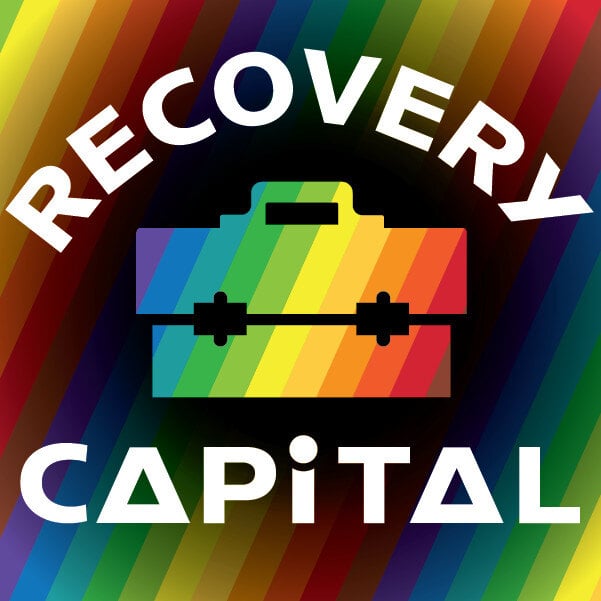Actionable Strategies to Build Recovery and Resilience Capital
Measuring Recovery and Resilience Capital is just the first step. The real impact comes from applying these insights to create sustainable, long-term recovery strategies. Whether you’re an individual in recovery, a service provider, or a policymaker, there are actionable steps you can take to strengthen Recovery and Resilience Capital at every level.
This post explores practical strategies to enhance Personal, Social, Cultural, and Emotional Capital, helping individuals and communities build strong, recovery-supportive environments.
Laying a Strong Foundation
Personal Capital refers to the internal resources that support long-term recovery, including physical health, financial stability, and education. Strengthening this domain enhances overall well-being and reduces vulnerability to relapse.
Strategies to Build Personal Capital:
- Prioritize Physical and Mental Health: Maintain regular check-ups, engage in physical activity, and seek therapy or counseling as needed.
- Enhance Financial Stability: Develop budgeting skills, seek employment opportunities, and explore financial literacy programs.
- Invest in Education and Skill Development: Pursue job training, enroll in educational programs, and participate in professional development.
For Organizations and Policymakers:
- Provide access to affordable healthcare and financial literacy programs.
- Advocate for educational and vocational training opportunities tailored for individuals in recovery.
The Power of Connection
Social Capital consists of supportive relationships and community connections that reinforce recovery. Isolation is a major risk factor for relapse, making social support essential.
Strategies to Build Social Capital:
- Strengthen Peer Support Networks: Join recovery groups such as AA, NA, or SMART Recovery.
- Rebuild Family and Friend Relationships: Engage in open communication, attend family therapy, and set healthy boundaries.
- Engage with the Community: Volunteer, participate in local events, and seek mentorship opportunities.
For Organizations and Policymakers:
- Expand peer recovery support services and mentorship programs.
- Promote community engagement initiatives that encourage connection and belonging.
Identity, Purpose, and Belonging
Cultural Capital includes beliefs, values, and identity that shape a person’s recovery journey. Feeling connected to a purpose or cultural community fosters motivation and long-term success.
Strategies to Build Cultural Capital:
- Engage in Spiritual or Cultural Practices: Participate in faith-based programs or cultural traditions that reinforce positive identity.
- Identify Personal Values: Align daily actions with core beliefs to strengthen a sense of purpose.
- Find Meaningful Community Connections: Join cultural or affinity-based recovery groups.
For Organizations and Policymakers:
- Support faith-based and culturally competent recovery programs.
- Encourage inclusive spaces that respect diverse recovery pathways.
Building Resilience
Emotional Capital is the ability to navigate stress, setbacks, and life changes while maintaining progress in recovery.
Strategies to Build Emotional Capital:
- Develop Emotional Regulation Skills: Practice mindfulness, meditation, and emotional self-awareness.
- Strengthen Problem-Solving and Coping Strategies: Work on decision-making, stress management, and conflict resolution skills.
- Adopt a Growth Mindset: View challenges as learning opportunities rather than obstacles.
For Organizations and Policymakers:
- Invest in mental health services that promote emotional resilience.
- Provide training in trauma-informed care to ensure recovery support is adaptive and effective.
Bringing It All Together
Strengthening Recovery and Resilience Capital requires a holistic approach where individuals, service providers, and communities work together to create recovery-friendly environments.
What’s Next?
Our next post will discuss The Role of Policy and Community Support in Strengthening Recovery and Resilience Capital, exploring how systemic change can create sustainable recovery pathways.
Stay connected for more insights on building a thriving recovery ecosystem!
Subscribe Here!
#RecoveryCapital #ResilienceCapital #BuildingRecovery #ThrivingNotJustSurviving

 By
By
